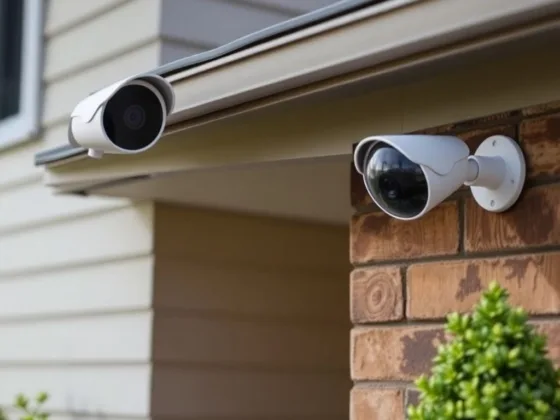In terms of aesthetics and energy efficiency, flat roofs are a viable alternative to typical sloping roofs.
Even though flat roofs have several disadvantages when compared to sloping roofs, many homeowners and first-time house builders are warming up to the idea of installing one.
For new house builders, flat roofs are more cost-effective since they are more adaptable, easier to maintain, and more energy-efficient than most sloping roofs.

Flat roofs have several advantages, but they also have several problems. A flat roof can quickly become a huge issue if it isn’t properly planned and executed. If you’re considering a flat roof for your house, Able Roof wants you to be aware of the benefits and drawbacks.
It’s essential to weigh the advantages and disadvantages of both flat and sloping roofs before making a final decision. According to our experts, everyone should have a flat roof, so if you’re thinking of getting a flat roof service, give us a call.
The Benefits of a Flat Roof
- Using a flat roof is the most cost-effective option. There are several advantages to flat roofs, including their low cost and ease of installation.
Flat roofs may be installed for as little as.80 afoot, making them incredibly cost-effective for the original installation and the ongoing maintenance and upkeep.
- Once the roof has been installed, you may now utilize the area that was before unused. Raise and install your air conditioning units on the roof. Install solar panels on the roof that are less noticeable from the street.
Create a living roof or a rooftop garden. It is one of the significant advantages of employing a flat roof because you may use it in various ways.
Read Also:
- Versatility. Rooftop gardens are a growing trend among homeowners with flat roofs. Roof deck construction works best on flat roofs.
Lovely addition to a home may be created with a flat roof, which also provides additional weather protection for the occupants.
Flat Roof Disadvantages
- Unfortunately, the form of flat roofs means that they get more sunlight throughout the day (flat). Pitched roofs, on the other hand, are less visible because of their varied angles.
Flat roofs have their drawbacks, but this shouldn’t deter you from having one. Reflective roof coatings are a practical way to shield your roof from the sun’s rays.
- The major drawback of building a flat roof is that it does not allow for proper drainage.
There are advantages and disadvantages to both flat and pitched roofs. There is a risk that the roofing material will degrade or leak if water pools and remains on the roof for lengthy periods.
- Flat roofs don’t endure as long as pitched roofs, which are more durable. Traditional felt, which is affordable and quick to install, is the material of choice for the great majority.
However, the lifespan of this roofing material is restricted to around 15 years at most. What’s the answer? It is possible to extend the life of an EPDM rolled rubber roof by using polyurethane liquid, GRP fiberglass, or polycarbonate roofing.
These materials are more expensive, but they may be worth it in the long run; nevertheless, there is no way to know how long they will survive. It can endure up to 50 years if EPDM rubber roofing doesn’t get punctured!










